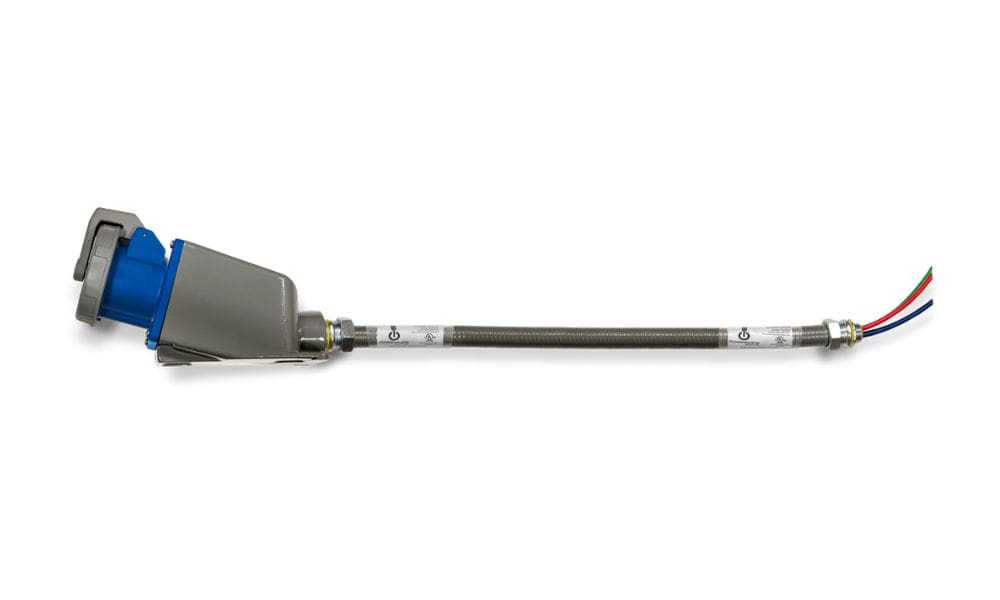
Various standards govern how we use and build equipment for electrical systems in industrial environments. The IEC 60309 standard outlines requirements for industrial sockets, plugs, and connectors, and understanding the intricacies of this standard is crucial for professionals in the sector. Here is a quick overview of how IEC 60309 cords are made, shedding light on the steps manufacturers take to ensure the safety and reliability of electrical connections in industrial settings.
Understanding the Components
The IEC 60309 cord is essentially a ruggedized industrial extension cord that provides a secure, waterproof, and durable electrical connection in environments where temperatures, moisture, and abuse are common. The cord consists of several key components, each crucial to its function and adherence to the IEC standard.
The electrical conductors insulated with strong plastics like polyethylene provide an electrical current. Some IEC cables may include a layer of shielding to avoid interference with other cables. The end of the IEC 60309 cord uses a round plug that connects to an aligning socket for a pin and sleeve connection. These connectors may include three to five pins, depending on the amount of current and number of phases.
The Manufacturing Process
Creating an IEC 60309 cord is a complex process that begins with selecting and preparing high-grade materials, continues with molding plugs and connectors, and ends with assembling the cord itself. Precision is necessary, as these cables become reliable devices in data centers, ensuring the power output remains stable.
Quality Control Measures
One of the standout features of the IEC 60309 standard is its rigorous quality control requirements. To become certified and labeled, each cord must undergo a battery of tests.
These assessments include inspections for electrical continuity, resistance to fire, and resistance to mechanical abuse. Testing outlines the stringent measures that protect against subpar products entering the market.
Importance in Electrical Safety
The purpose of the IEC 60309 standard and the cords that adhere to it is to enhance electrical safety in industrial settings. Understanding how IEC 60309 cords are made makes it easier to prevent electrical faults and the associated risks. This understanding includes a discussion on how the design of the cords safeguards against electric shock and the various forms of insulation that protect users and equipment from harm.
The creation of IEC 60309 cords involves extensive engineering and industrial mastery, ensuring the safe orchestration of power. Industrial professionals working on the shop floor or designing products can take pride in the precision and care that goes into creating these essential electrical components. Investing in IEC 60309-compliant equipment promotes the safety and reliability that electrical systems need to retain an excellent power source.
